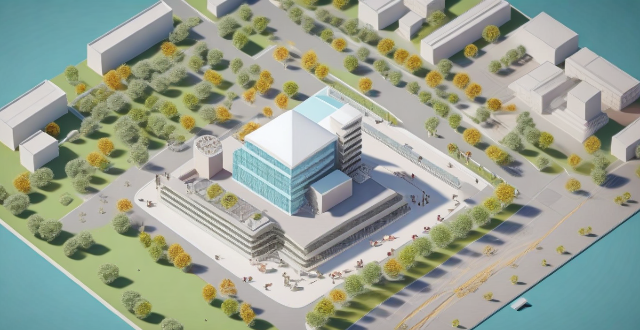Climate adaptation is a vital component of sustainable development goals (SDGs) as it helps reduce vulnerabilities and build resilience to the adverse effects of climate change, thereby contributing to the achievement of several SDGs. Relevant SDGs include Goal 1: No Poverty, Goal 2: Zero Hunger, Goal 3: Good Health and Well-being, Goal 6: Clean Water and Sanitation, Goal 11: Sustainable Cities and Communities, Goal 13: Climate Action, and Goal 15: Life on Land. Strategies for integration include policy coherence, financial investment, capacity building, stakeholder participation, risk assessment, research and innovation, and education and awareness. By addressing the challenges posed by climate change through effective adaptation strategies, nations can work towards creating more resilient societies that are better prepared to face future climate risks while continuing to progress towards other SDGs.

Climate Adaptation and Sustainable Development Goals
Climate adaptation is a crucial aspect of sustainable development goals (SDGs) as it addresses the impacts of climate change on communities, ecosystems, and economies. By implementing adaptation measures, countries can reduce vulnerabilities and build resilience to the adverse effects of climate change, thereby contributing to the achievement of several SDGs.
Key Points:
- Climate Adaptation: The process of adjusting to expected or experienced changes in climate conditions to moderate harm or exploit beneficial opportunities.
- Sustainable Development Goals (SDGs): A set of 17 global goals adopted by the United Nations in 2015, aimed at achieving sustainable development by 2030.
Relevant SDGs:
1. Goal 1: No Poverty
- Climate adaptation helps reduce poverty by protecting livelihoods that are dependent on natural resources, such as agriculture and fisheries.
2. Goal 2: Zero Hunger
- Adaptation strategies ensure food security by improving crop yields and reducing losses due to extreme weather events.
3. Goal 3: Good Health and Well-being
- Adaptation measures protect public health by preventing diseases associated with climate change, such as heat stress and waterborne illnesses.
4. Goal 6: Clean Water and Sanitation
- Investments in water management systems increase resilience to droughts and floods, ensuring access to clean water for all.
5. Goal 11: Sustainable Cities and Communities
- Urban planning that incorporates climate adaptation makes cities more resilient to climate hazards like sea level rise and heat waves.
6. Goal 13: Climate Action
- This goal explicitly calls for integrating climate adaptation into national policies, recognizing its importance for sustainable development.
7. Goal 15: Life on Land
- Adaptation practices, such as reforestation and conservation, help maintain biodiversity and ecosystem services.
Strategies for Integration:
- Policy Coherence: Align national policies across sectors to support both mitigation and adaptation efforts.
- Financial Investment: Allocate sufficient funds for adaptation projects within national budgets and international aid programs.
- Capacity Building: Enhance technical expertise and institutional capacity at all levels to effectively plan and implement adaptation measures.
- Stakeholder Participation: Encourage active involvement of local communities, civil society organizations, and the private sector in adaptation initiatives.
- Risk Assessment: Conduct regular assessments of climate risks to inform decision-making and prioritize adaptation actions.
- Research and Innovation: Foster research on climate impacts and promote innovative solutions for adaptation challenges.
- Education and Awareness: Raise public awareness about climate change impacts and promote education on adaptive practices.
In conclusion, climate adaptation is an integral component of achieving sustainable development goals. By addressing the challenges posed by climate change through effective adaptation strategies, nations can work towards creating more resilient societies that are better prepared to face future climate risks while continuing to progress towards other SDGs.